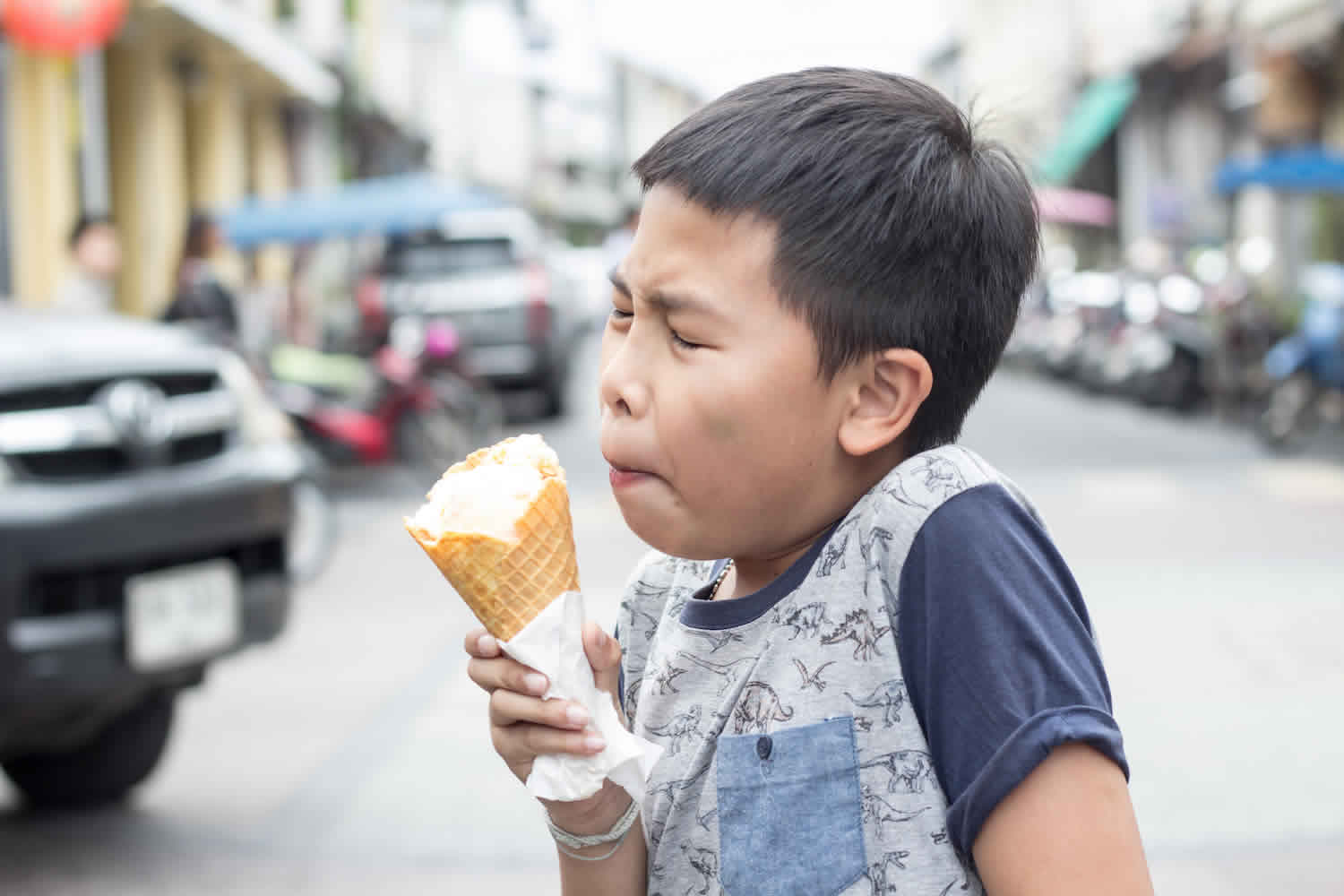Contents
What is brain freeze
Brain freeze also called ice cream headaches are brief, stabbing headaches that can happen when you eat, drink or inhale something cold. Biting into an ice cream cone is a common trigger, but eating or drinking other frosty items, such as ice pops and slushy frozen drinks, can have the same “brain-freeze” effect.
Officially known as cold stimulus headaches, they can also occur when you suddenly expose your unprotected head to cold temperatures, such as by diving into cold water.
The pain begins a few seconds after the rapid ingestion of cold foods or beverages and peaks in 30 to 60 seconds. The pain is usually located in the mid-frontal area, but can be unilateral in the temporal, frontal, or retro-orbital (behind your eyes) region. It is a stabbing or aching type of pain that recedes 10≠20 seconds after its onset.
The good news: Most brain freeze or ice cream headaches are gone as quickly as they develop. Rarely, it persists for two to five minutes 1.
Can you die from a brain freeze?
No. Most brain freeze or ice cream headaches are gone as quickly as they develop. Rarely, it persists for two to five minutes 1.
What causes brain freeze
Brain freeze or ice cream headaches are caused either by exposing your head to sudden, extreme cold or by having something cold move across the roof of your mouth and the back of your throat, such as when you eat ice cream quickly or gulp a cold drink. Scientists are unsure about the exact mechanism that causes this pain.
One theory is that the cold temporarily alters blood flow in your nervous system, causing a brief headache. Blood vessels constrict to prevent the loss of body heat and then relax again to let blood flow rise, resulting in a burst of pain that goes away once the body adapts to the temperature change.
Risk factors
Brain freeze headaches can affect anyone. But you might be more susceptible to ice cream headaches or have more-severe ice cream headaches if you’re prone to migraines.
Brain freeze prevention
The best way to avoid getting brain freeze or ice cream headaches is to avoid the cold food or drinks or exposure to cold that causes them.
Brain freeze symptoms
Symptoms of an brain freeze or ice cream headache include:
- Sharp, stabbing pain in the forehead
- Pain that peaks about 20 to 60 seconds after it begins and goes away in about the same time
- Pain that rarely lasts longer than five minutes
How to get rid of brain freeze
Brain freeze or ice cream headaches don’t need treatment. Typically, the pain quickly disappears after the cold food or drink is swallowed.





